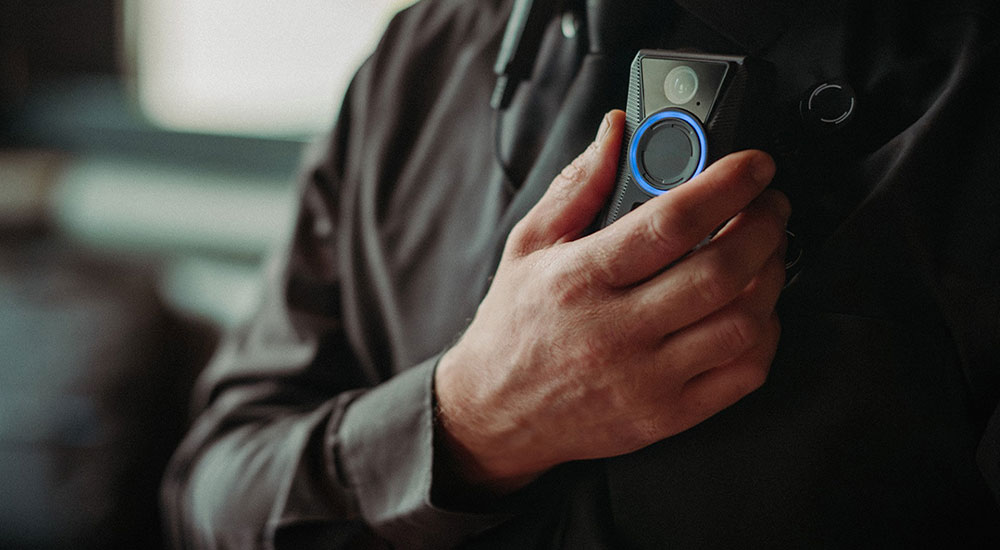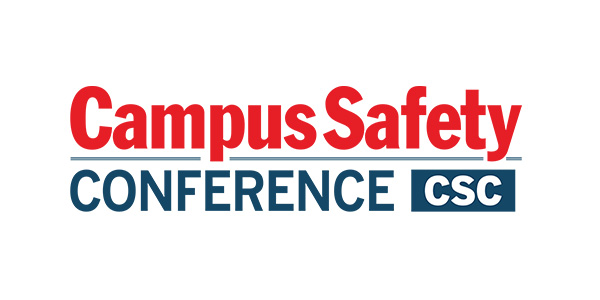Recent government data shows that crime on college campuses has rebounded to pre-pandemic levels. While some industry resources cautioned the numbers are consistent with trends over the past decade and there’s no need for extra concern, others are less convinced.
Case in point: A group of parents with students at the University of California, Berkeley raised over $40,000 to hire a small private security force due to what they felt was an inadequate response by the school to a surge in crime.
RELATED: How Body-Worn Cameras Provide Real-Time Insight into School Safety Incidents
While that may fall on the extreme end of the spectrum, the need for proactive safety measures at universities should always be a top priority no matter how the data is trending. That can include bolstering campus security with private security staff, carrying out awareness campaigns, or tapping new technology, among other measures. Maintaining a secure environment requires more than just physical presence—it demands the right tools, teams and processes.
When it comes to technology, one solution that’s being utilized more within campus safety and security strategies is the body-worn camera. Bodycams offer a powerful layer of security that extends beyond traditional surveillance systems. Even for teams with tight resource constraints, campus safety and security departments are finding that with the right solution, bodycam technology can be easy to deploy, requires minimal training, and doesn’t rely on constant IT support.
Let’s take a look at how body-worn cameras can contribute to a safer campus environment.
3 Ways Body-Worn Cameras Improve College Campus Safety
Real-time visibility
Bodycams provide real-time visibility during incidents that enable campus safety personnel and administrators to gain insight into situations as they unfold. This live perspective is key for situational awareness and the efficient deployment of resources. With features like live-streaming, GPS location tracking and panic alert capabilities, bodycams provide a clear view of the scene as the incident unfolds, allowing for a more targeted response.
Improved accountability
The presence of a bodycam encourages professionalism and adherence to protocol among security personnel. The devices also provide an objective record of interactions and deliver a transparent, complete account of events. This is especially important when it comes to resolving disputes, addressing complaints, and ensuring fair and equitable treatment.
Further, bodycams have a deterrent effect. The knowledge that interactions are being recorded can deter misconduct, urging people to think twice before they act.
Enhanced training
Bodycam footage presents an opportunity to enhance training programs in several ways. The footage gathered from real-world events can be used to create realistic training exercises for security teams. By reviewing footage of past incidents, institutions can identify areas for improvement in response tactics, communication strategies, and de-escalation techniques. Being able to analyze and learn from these occurrences can guide security personnel in their response to future scenarios.
RELATED: Body-Worn Cameras Are Revolutionizing Hospital Safety and Security
The growing demand for body-worn cameras on college campuses reflects a proactive response to the complex challenges of campus safety. Implementing bodycams as part of a holistic campus safety strategy adds a powerful layer of protection through their mobile, real-time perspective. This audio and visual evidence far extends beyond the reach of traditional CCTV systems and is especially advantageous in addressing incidents that occur outside the view of fixed cameras or in situations that are evolving.
By providing real-time visibility, improving accountability, and enhancing training capabilities, these devices can contribute to creating a safer campus environment.
Alan Ring is CEO of camera technology firm HALOS.
NOTE: The views expressed by guest bloggers and contributors are those of the authors and do not necessarily represent the views of, and should not be attributed to, Campus Safety.







